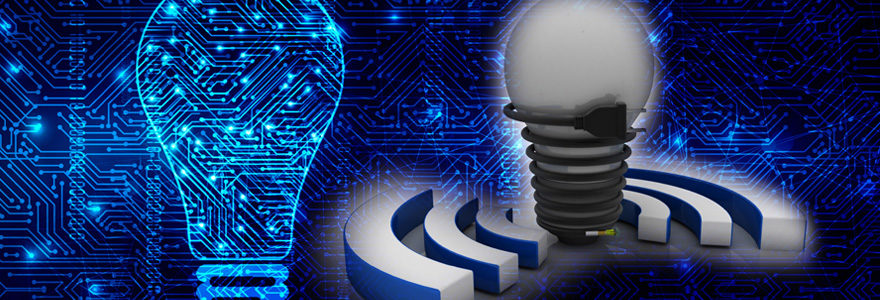Light Fidelity or Li-Fi is a new technology that uses light to transmit data wirelessly. It is said to be 100 times faster than Wi-Fi and is being hailed as the future of the internet.
Li-Fi works by modulating the intensity of LED light bulbs to encode data. This can be done imperceptibly to the human eye, meaning that Li-Fi can be used in places where visible light is present, such as in offices and homes.
The data is then received by a photo-detector, which converts the light back into an electrical signal that can be decoded by a computer.
Li-Fi has the potential to provide internet access to everyone, regardless of location, as long as there is a light source. This makes it a very attractive proposition for countries with poor infrastructure, as well as for use in places where radio waves are disruptive or dangerous, such as in hospitals.
How does LiFi and WiFi work?
Light Fidelity or
LiFi is a very high speed wireless communication technology that uses light to transmit data. It is similar to WiFi in many ways, but LiFi has the potential to be much faster and more efficient.
LiFi technology was first proposed by Harold Haas in 2011, and has been under development ever since. The basic principle is very simple: data is encoded into light waves, and these light waves are then transmitted using LED bulbs.
The big advantage of LiFi is that it can theoretically achieve speeds of up to 1 Gbps, which is around 100 times faster than WiFi. In practice, however, speeds are often much lower, but still significantly higher than WiFi.
Another advantage of LiFi is that it is said to be more secure than WiFi, because the light waves cannot be intercepted in the same way as radio waves.
LiFi is still in the early stages of development, and it remains to be seen if it can live up to its potential. However, it is certainly an exciting technology to keep an eye on!
Which are the features of LiFi?
Li-Fi is a new technology that uses LED lights to transmit data wirelessly. It is similar to Wi-Fi, but it is faster and more secure.
Li-Fi is short for light fidelity. It is a new technology that uses LED lights to transmit data wirelessly. It is similar to Wi-Fi, but it is faster and more secure.
Li-Fi is 100 times faster than Wi-Fi. It can transmit data at speeds of up to 1 Gbps. That is equivalent to downloading a HD movie in less than 30 seconds.
Li-Fi is more secure than Wi-Fi because it uses visible light, which cannot pass through walls. That means that data transmitted using Li-Fi is much less likely to be intercepted by hackers.
Li-Fi is also more energy-efficient than Wi-Fi. LED lights are more efficient than Wi-Fi routers, which means that Li-Fi can save power.
Li-Fi is still in the early stages of development. However, it has the potential to revolutionize the way we use the internet.
How does LiFi transfer data?
The operating principle of Li-Fi is based on the transmission of data using light. In this technology, a LED light bulb is used as a transmitter and the data is encoded into the light. The light is then received by a photodiode, which converts it back into an electrical signal that can be decoded.
LiFi is a very efficient way of transferring data, as it can transfer data at very high speeds. In addition, it is a very secure way of transferring data, as the light cannot be intercepted like radio waves can.
LiFi is already being used in some commercial applications, and it is expected to become more widespread in the future.
The operating principle of Li-Fi is data transmission using light. This is done by modulating the light emitted by an LED at extremely high speeds, faster than the human eye can perceive. The data is then received by a photo-detector, which converts the light back into an electrical signal that can be processed by a computer.
